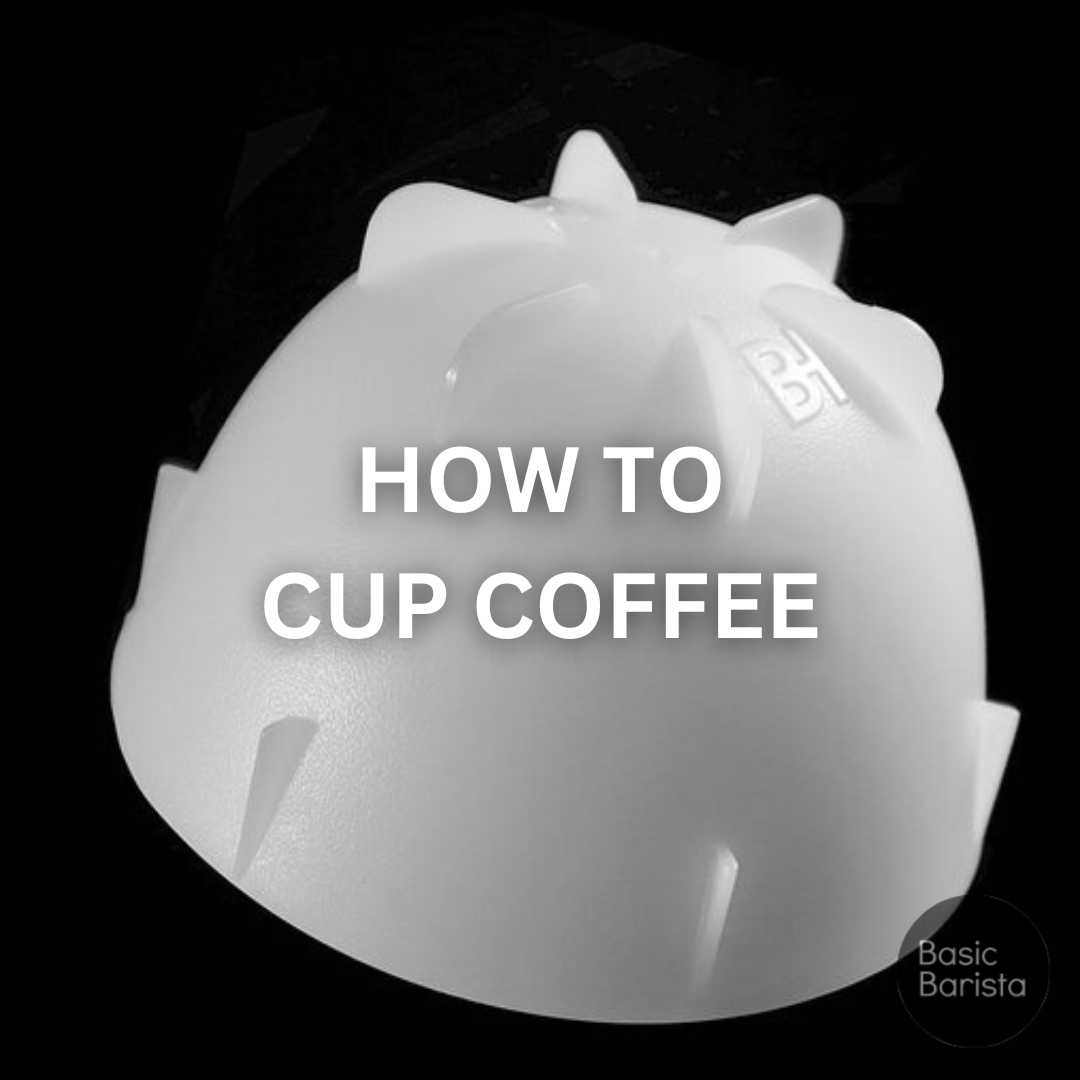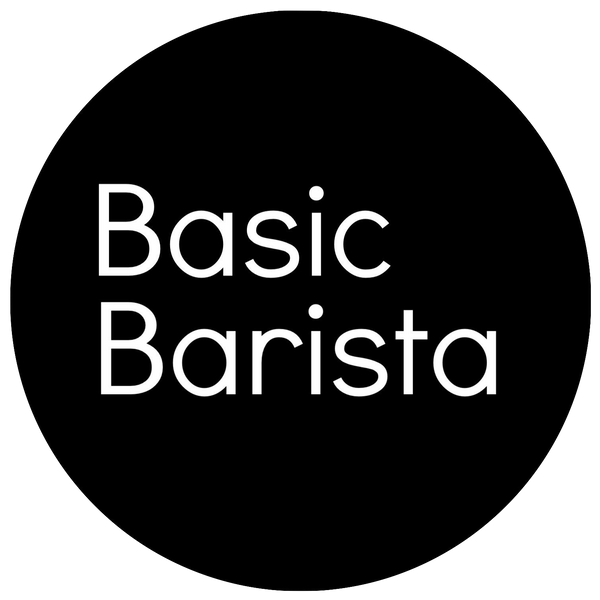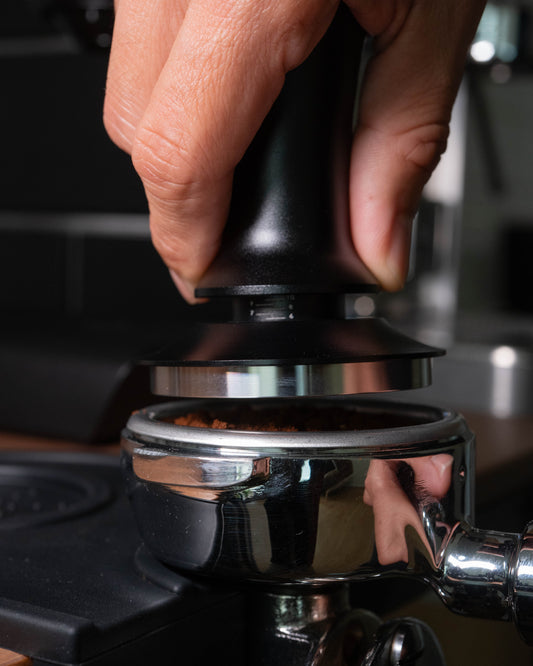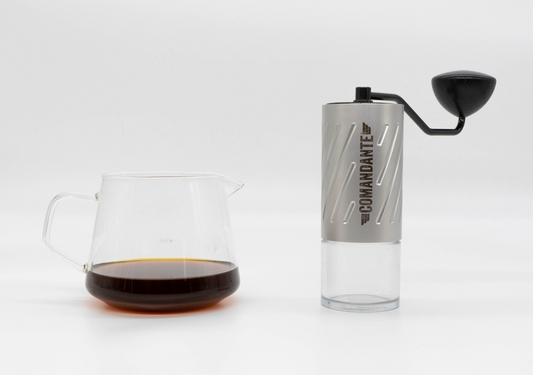
Cup coffee at home
Estimated read time: 2 minute
Share this article

Cupping is a practice that is essential for many coffee professionals, as it allows you to truly understand the intricacies of flavour, aroma, and body in a cup of coffee. In fact most roasters cup every batch of coffee that they roast to ensure that it meets quality standards. However, cupping is not only about quality control, it is also a great opportunity for people to come together and build on sensory development either as a team or at home.
When it comes to cupping, the right tools are essential. You'll need 20g of 3-4 different coffees, 6-8 identical cupping bowls that hold between 160-200ml of water and that are wider at the top. A cupping spoon for each taster (or 2 spoons if you're tasting alone), a grinder, scales, a bowl to collect wet grounds, and a tall glass to hold spoons.

We highly recommend the Barista Hustle Cupping Bowls as they are stackable, lightweight, exactly the same and don't leech flavour, plastic is also less conductive compared to traditional ceramic cupping bowls so there is much more heat retained inside the cupping bowl.
How to cup coffee:
-
Prime the grinder. Do this by running 2g of the first coffee through the grinder and discard. This will remove any stray grounds from the last coffee you used, since we want to taste only the flavour in the coffee we're tasting.
If you can clean your grinder prior to grinding this will also help to ensure you're only grinding the coffee you want to use. -
Grind 9g of the first coffee. Use a medium-coarse grind setting and put the grounds in the first cup. Label the cup and sit it on the bench (hide the label under the cup or face-down for a blind cupping).
-
Grind the second 9g of the first coffee. Put the grounds in the second cup, sit the cup alongside the first and also make sure you label it.
-
Take a moment to smell the dry grounds. Make a note of any flavours you notice, there's no wrong answer, so write whatever you smell, even if it's "coffee." It also helps to open your mouth while doing this and helps deliver more aromas to your palate.
-
Repeat steps 2-5 for each coffee. Prime the grinder because you're switching coffees.
-
Start a timer and add 150ml of hot water. Heat water to approximately 94°C and pour 150ml (150g) of water into each cup. Make sure each cup is at the same level. Fill a glass or spare cup with the remaining hot water, and heat your spoons.
-
You'll notice a 'crust' on top of most cups. After 4 mins use the back of a spoon to break through the crust. This will release gases from brewing: as you break the crust, put your nose near the surface and inhale. Take note of any new flavours you notice. Rinse the spoon in the glass of hot water, and keep working along the line of cups. You should try to move at roughly the same pace as your poured.
-
Don't worry if there are still grounds left on the top of the cup we can remove this as we taste.
- Time to taste, drop your spoon into the first cup of coffee and aim to scoop up the same amount of coffee each time. Slurp the coffee and taste the flavours of each coffee, slurping helps aerate the coffee and disperse it all over your entire pallet. Make sure you rinse your spoon in the spare cup of water between every slurp. (If you can't taste any differences between two different coffees, try drinking water in between each sample as this will cleanse your pallet)
Cupping coffee is a crucial skill for any coffee professional, as it allows for a thorough understanding and appreciation of the flavours, aromas, and overall quality of a cup of coffee. By slurping the coffee quickly and aerating it, the coffee coats the palate and all its complexities can be fully detected. Through cupping, one can identify specific flavour notes such as chocolate, citrus, or floral, as well as detect any defects in the coffee such as mustiness or over-fermentation. Additionally, cupping allows you to compare different coffees and gives you the ability to select the best beans for blending or single origin offerings. It also enables the roaster to identify any issues in the roasting process. Overall, cupping is an essential tool in the coffee industry for evaluating and improving the quality of the final product.






